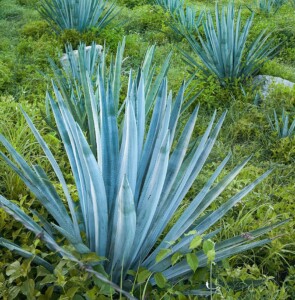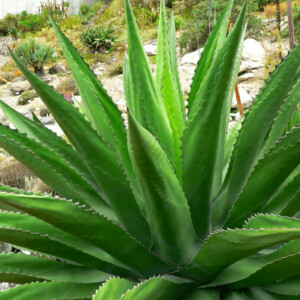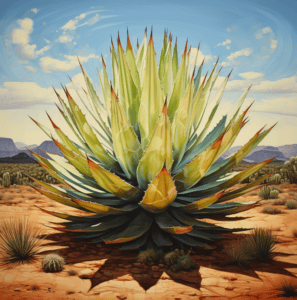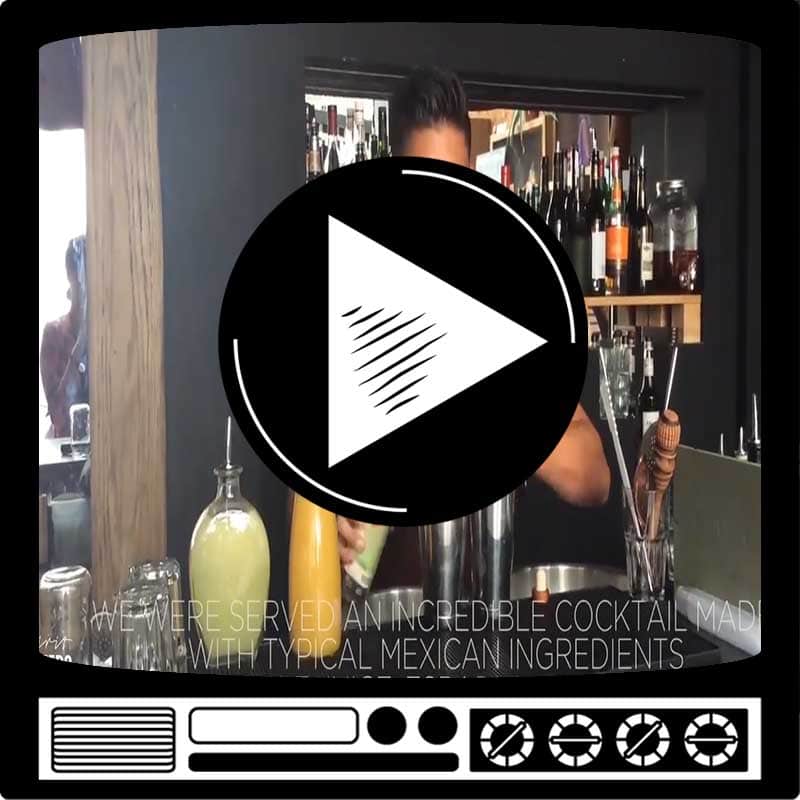
Agave Roots: The Secrets Behind Mezcal and Tequila
Let’s explore the world of Mezcal and Tequila to uncover the key differences that set them apart.
Blue vs Espadin
At the heart of the distinction lies the agave species used in their production. Tequila exclusively relies on the blue agave plant (Agave tequilana), a robust and stately succulent that flourishes in specific regions of Mexico. Mezcal, on the other hand, boasts a broader spectrum, with over 30 types of agave in its repertoire.
Image: Blue Agave
The Agave espadin variety is the most commonly employed, but Mezcal’s diverse nature allows for a wide range of agave expressions.From Jalisco to Oaxaca, tequila production is anchored in defined regions under the Tequila Designation of Origin. This includes states like Jalisco, portions of Guanajuato, Michoacán, Nayarit, and Tamaulipas. In contrast, Mezcal is a spirit with a more extensive geographic footprint. While Oaxaca is the eminent epicenter, Mezcal can be produced across various states, reflecting the rich tapestry of Mexican terroir.
Image: Espadin Agave
One of the most noticeable distinctions between Mezcal and Tequila lies in their production processes. Mezcal embodies a rustic and artisanal approach, with agave hearts roasted in subterranean pits lined with lava rocks, wood, and charcoal. This meticulous process imparts a signature smoky flavor that is emblematic of Mezcal. Tequila, conversely, employs above-ground ovens, resulting in a milder flavor profile with fewer smoky undertones.
Mezcal aficionados often extol its diverse flavor spectrum. The combination of different agave varieties and regional production nuances yields an array of taste experiences. Mezcal’s profile can range from earthy and vegetal to fruity and, of course, smoky. Tequila, with its blue agave base and above-ground roasting, tends to offer a smoother, fruitier character complemented by herbal and citrus notes.
In terms of alcohol content, Mezcal generally packs a more robust punch. With an alcohol by volume (ABV) ranging from 45-55%, Mezcal tends to be stronger than Tequila, which can fall within the 35-55% ABV range.
Centuries vs Tradition
Mezcal boasts a deeper historical and cultural significance in Mexico. With centuries of production and close ties to Mexican traditions and folklore, Mezcal carries an air of authenticity and time-honored craftsmanship. Tequila, while undeniably iconic, has a more recent ascension to global recognition.
While Mezcal and Tequila share a common origin in the agave plant, their distinctive production methods, flavor profiles, and cultural significance set them apart.
Whether sipped neat, mixed in cocktails, or enjoyed in traditional Mexican fashion, these two spirits offer a captivating journey through the rich tapestry of Mexican heritage and craftsmanship.
So, next time you raise a glass of Mezcal or Tequila, savor it not just as a libation, but as a testament to the enduring legacy of Mexican spirits. Salud!
Mezcal
Discover all our Mezcal-related news, facts and infos all around the world brought to you by Spirits Hunters’ experts.
See all posts in this category. Join the community on Reddit
Join the community on Reddit
Spirits Hunters is a community dedicated to spirits and the world of mixology. Feel free to talk about the world of mixology and bartending here!
Join








